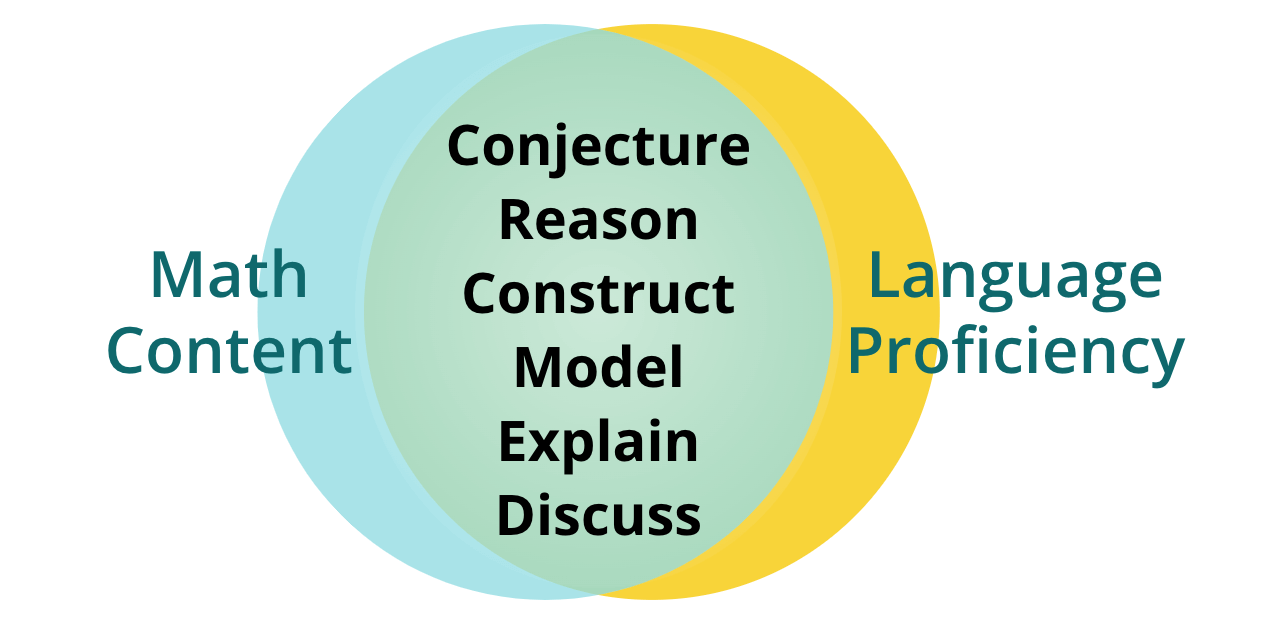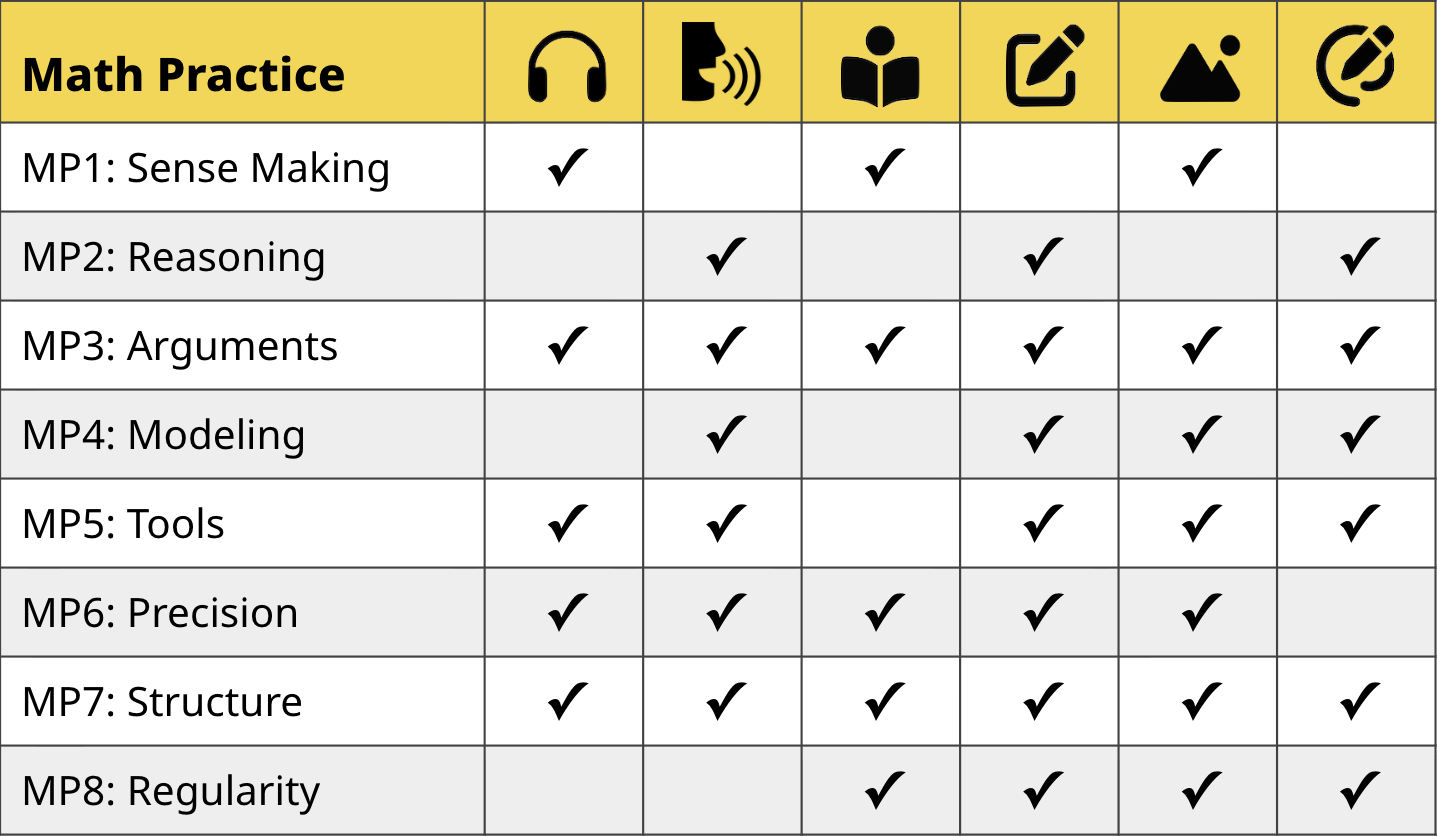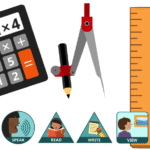Math literacy is where math content and language proficiency meet. It engages learners with mathematics content by promoting problem solving, reasoning, communication, and modeling—and by making connections. But math literacy is evolving…
The Old Model
Under the old model, educators perceived only a slight overlap between math content and language proficiency. Nearly everyone viewed this overlap as consisting mainly of math vocabulary (Zahner, W., Calleros, E.D. & Pelaez, K., 2021).

While it is true that vocabulary is a foundation of language proficiency, focusing solely on vocabulary risks missing at least two critical elements (Hakuta, 2013):
- Connection to an authentic mathematical context.
- Application of the concept to mathematical practices.
The New Model
The research shows that the overlap between content and language is greater than many of us had realized. It goes far beyond vocabulary. Language underpins every one of the mathematical practices, from making conjectures to constructing arguments.

Connections to Math Practices
The table below shows our analysis of how proficiency in the six domains of language connects to the Standards for Mathematical Practice. To see the basis of this analysis, as well as how our math literacy programs support each practice, please view our detailed Guide to Language in the Math Practices.

The Impact of Math Literacy
A recent study by Prince George’s County Public Schools found significant gains by integrating the new model of math literacy into its middle school mathematics program.
Please see our References page for a full A to Z listing of all research cited on speakagent.com.




